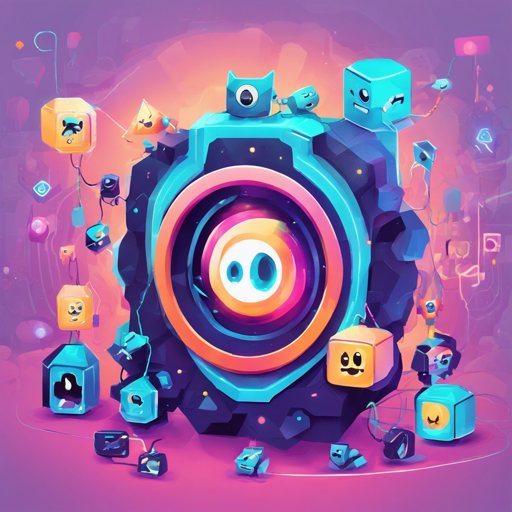Welcome to the whimsical world of MonsterEOS, where you can nurture your own digital pets in a decentralized environment! Pumped up by the EOS community, this Tamagotchi-style game is a delightful blend of care, competition, and community. In this guide, we will walk you through the setup process of MonsterEOS, help you troubleshoot common issues, and provide you with insights about the game and its structure. Let’s jump in!
What is MonsterEOS?
MonsterEOS is an experimental decentralized application crafted on the EOS Blockchain. It embodies the spirit of fun, allowing you to care for your monsters through feeding, resting, and social interaction. The game also introduces exciting elements like battles and a marketplace for monster exchange. As it evolves, MonsterEOS remains open-source, providing a foundation for future development in the blockchain space. As the project is still in BETA, continuous improvements are being made, aiming to create a vibrant community experience without resorting to profit-driven gambling mechanics.
Setting Up MonsterEOS
Here’s a step-by-step guide to help you get your MonsterEOS up and running:
- Clone the Repository: Start by cloning the MonsterEOS code repository. Open your terminal and run:
git clone https://github.com/MonsterEOS/monstereos
cd monstereos- Node.js (version 8+)
- Yarn
- Docker (configuration is handled automatically)
./setup.shdocker-compose logs -f./start.shUnderstanding the Code: An Analogy
Think of MonsterEOS as a well-managed pet hotel. Each component of the application plays a specific role, much like different facilities within the hotel:
- eosdev: Represents the reception area where new guests (monsters) are checked in and out daily. All data related to your monsters and their wellbeing is stored here.
- fullnode: Acts as the main concierge, keeping track of all activities in the hotel and ensuring everything runs smoothly.
- mongo: Serves as the filing system, keeping all the details about monsters organized and easily accessible to staff members (services).
- postgres: Works like a backup room, ensuring immediate access to important data while keeping everything else cached for fast retrieval by the management team.
- demux: Represents the behind-the-scenes team responsible for managing guests’ needs, from delivering messages to organizing emergency calls.
Troubleshooting
If you encounter issues during your setup, here are some troubleshooting tips to help you out:
- Check the official EOS troubleshooting guide here.
- For debugging React components, refer to this resource.
- Review Docker logs to identify any errors: View logs documentation.
- Remove all data using the following script:
./flush.sh
For more insights, updates, or to collaborate on AI development projects, stay connected with fxis.ai.
Final Notes
MonsterEOS is an ever-evolving game environment designed to make blockchain gaming accessible and enjoyable. Feel free to customize your setup to fit your needs – after all, you can change the PostgreSQL database to another option if necessary, or develop a mobile app experience! On top of that, don’t forget to keep your local MonsterEOS repository updated to benefit from ongoing improvements.
In Conclusion
At fxis.ai, we believe that such advancements are crucial for the future of AI, as they enable more comprehensive and effective solutions. Our team is continually exploring new methodologies to push the envelope in artificial intelligence, ensuring that our clients benefit from the latest technological innovations.

